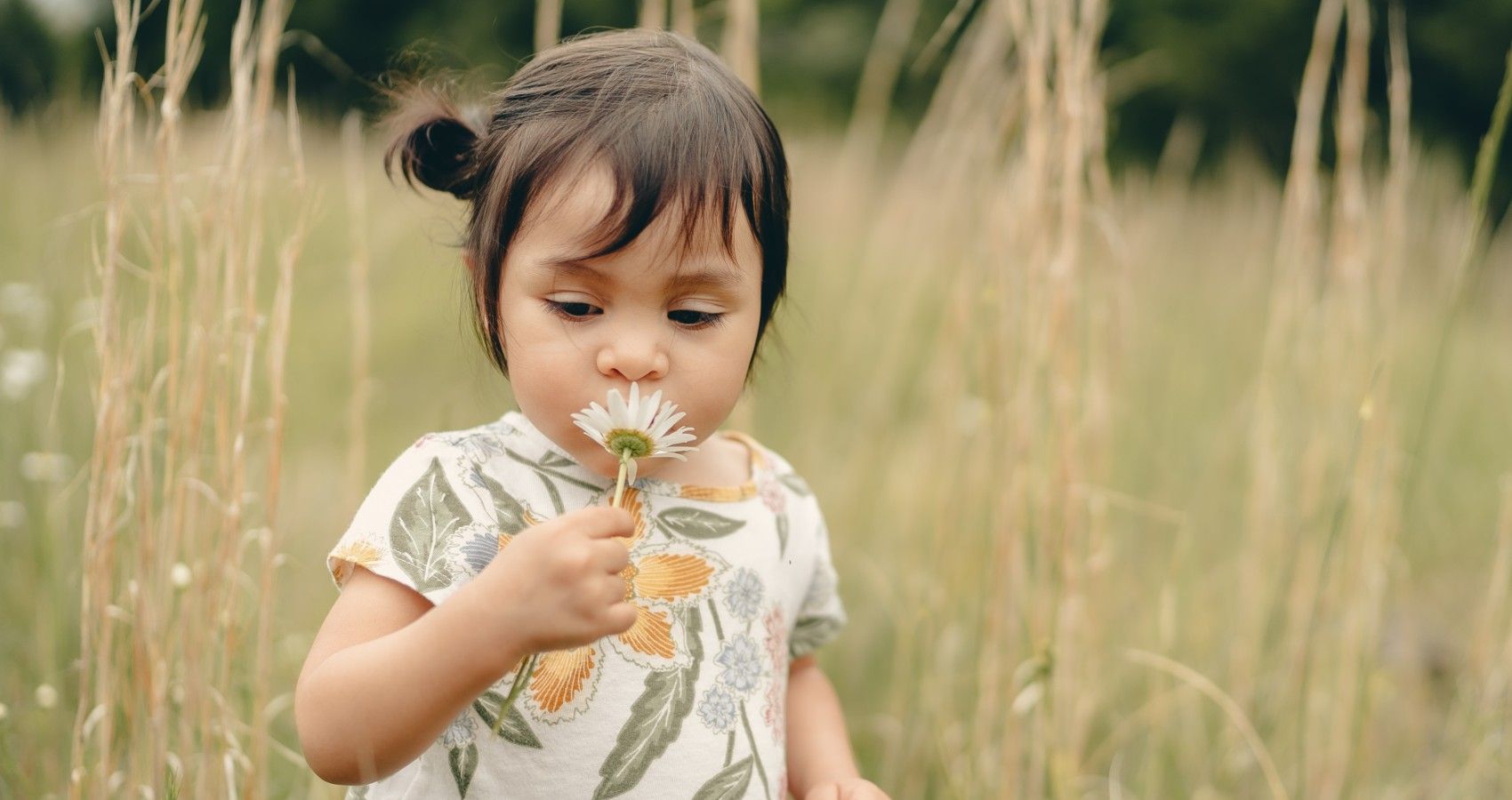Is your toddler inexplicably tired or are they having difficulty going to sleep at the end of the day? Have they been showing signs of stress that cannot be easily soothed? Have you noticed that your toddler is wanting to lounge around and graze more often? You might want to try a technique called "Grounding." Grounding, also known as earthing, is a therapeutic technique that involves connecting with nature in a variety of different ways. According to Healthline, earthing is being studied as a remedy for chronic fatigue, chronic pain, anxiety and depression, sleep disorders, and cardiovascular disease.
Connecting with nature is overlooked in our modern society. One study proposed, "research suggests that this disconnect may be a major contributor to physiological dysfunction and unwellness. Reconnection with the Earth's electrons has been found to promote intriguing physiological changes and subjective reports of well-being." According to Dr. Joseph Mercola, "The earth is a natural source of electrons and subtle electrical fields, which are essential for proper functioning of immune systems, circulation, synchronization of biorhythms and other physiological processes and may actually be the most effective, essential, least expensive, and easiest to attain antioxidant."
In one six-week double-blind Randomized Controlled Trial that evaluated the effects of grounding on massage therapists, the research concluded, "(the researchers) observed consistent beneficial effects of grounding in domains highly relevant to massage therapists, namely pain, physical function, and mood." There are a number of ways to implement Earthing with your children. Take your time exploring each option to see what works best for them.
Focus On Your Breath
Not only does practicing breathing help your child become more grounded, it doubles as a stress-reducing technique. According to Teaching Children Meditation, breath has been considered an anchor in meditation. This is because, "it not only helps our awareness anchor into the moment, but it helps to reduce the effects of the trigger that is stimulating the stress response." Encourage your child to focus on the "out-breath" by making a sound as they breathe out or have them breathe out on their hands.
Walk Barefoot
Walking barefoot in grass, dirt, or mud can help you and your child reconnect with the Earth's surface electrons. If you're not comfortable walking barefoot, try wearing flip flops in order to more safely connect with the ground.
Lay On The Ground
Whether you prefer the cushion of a patch of grass or the contours of the sand against your back, laying on the ground is an excellent way to practice earthing. Simply lay with your back on the ground and relax with your child. Consider bringing along music or a book to read while you take your time enjoying the outdoors. If you're worried about ants or sand in your pants, bring a towel to place down while you are absorbing the scenery.
Take A Dip
An excellent way to connect with the non-physical Earth is swimming. Find your way to your favourite, natural body of water and spend some time leisurely swimming or floating around. When using this earthing technique, make sure to do so safely. Have proper flotation devices for your child and never leave them unattended near any body of water.
Fresh Air
Moms.com recommends, "If you are failing at calming your crying baby, pick up a blanket, and take your baby outside for some fresh air. Go outside barefoot as long as the weather is conducive for a walk... The electrons on the ground travel through your bare feet and onto your child’s body." If you do not have a yard or immediate access to an outdoor area, try opening the windows of your home to allow fresh air in. Earthing can be beneficial for your whole family. Consider practicing these therapeutic techniques for each member of your household. Find out which grounding method works best for you and your family and try to make a habit of checking in on your family's well-being.
Rebecca Tickell, a filmmaker and co-creator of “The Earthing Movie” (2019), credited this therapeutic technique for her postpartum weight-loss. About Rebecca's struggle with depression and her weight, she said, "I used to weigh an average of 140 pounds, and after the birth of our second child I couldn’t seem to get the baby weight off. I began Earthing, and in 10 months my hormones and mental health balanced. I lost 80 pounds and have been steady at 120 pounds for months!"
Source: Healthline, PubMed.gov, Mercola.com, PubMed.gov, Teaching Children Meditation, Moms.com, Earthing Institute

